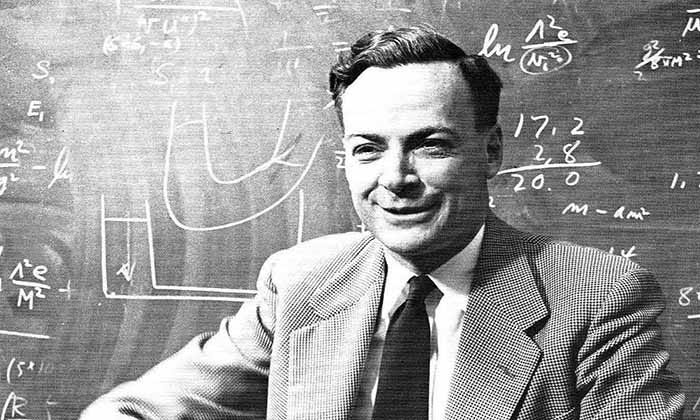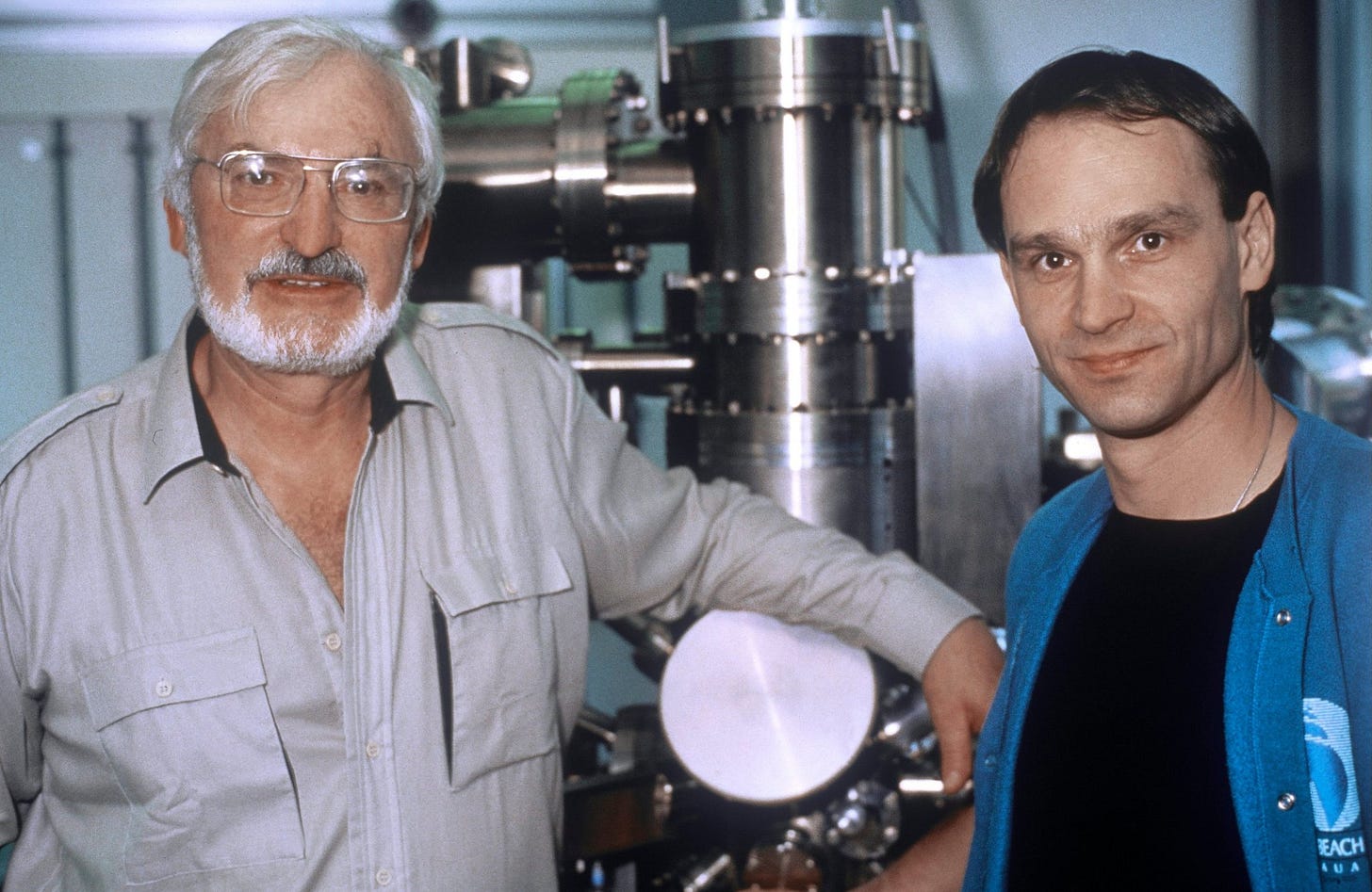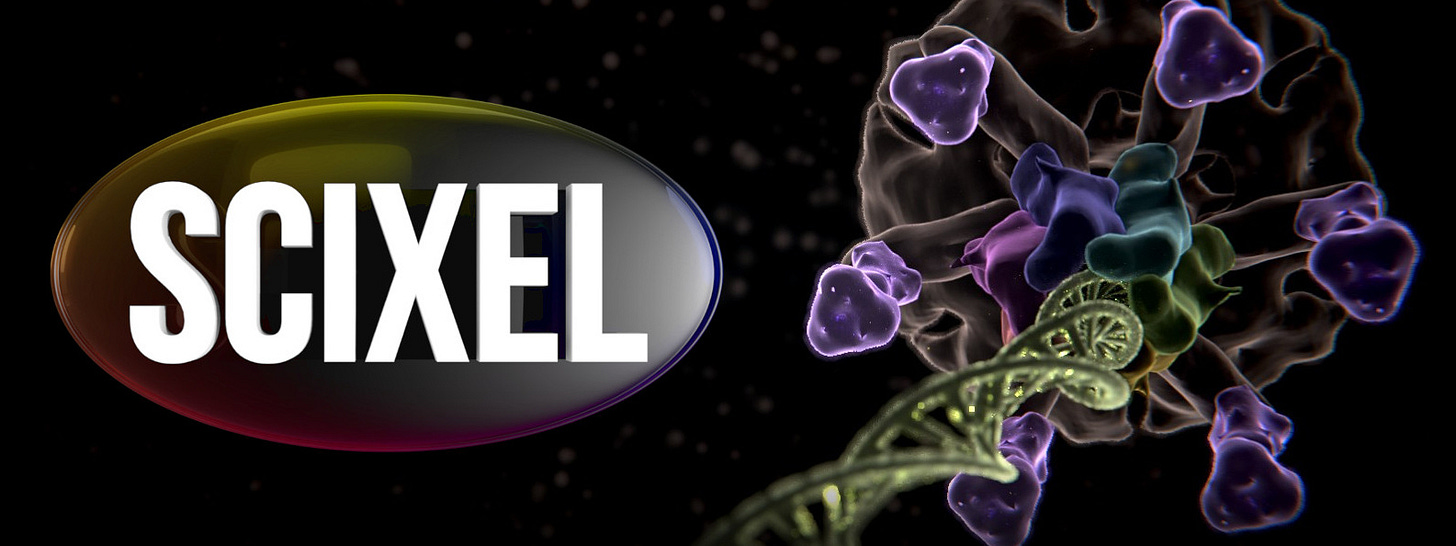"40 years seeing atoms"
This documentary, was made as part of the activities of the Festival de Nanociencia y Nanotecnología (10alamenos9). (Important info: Video is in Spanish)
This documentary, was made as part of the activities of the Festival de Nanociencia y Nanotecnología (10alamenos9), is an initiative of the Instituto de Micro y Nanotecnología (CSIC-IMN), the Instituto de Ciencia de Materiales de Madrid (CSIC-ICMM) and the CSIC Delegation in Madrid. The documentary commemorates the 40th anniversary of the discovery of the tunneling microscope (STM) and also serves as a tribute to two researchers from the Autonomous University of Madrid (UAM), pioneers in this technique, Jose María Gómez Rodríguez and Juan José Sáenz Gutiérrez, who died in 2020 and were an important part of the Spanish school working on the so-called proximity microscopies (SPM).
This year 2021 we celebrate in Spain the 40th anniversary of the development of the tunneling microscope, an unbeatable occasion to pay tribute to the people who invented and developed it and to learn how this incredible instrument works. We will show who the inventors were, how it works, what it is for, what related techniques have been developed. And of course we will talk about the pioneers of the technique in Spain more than 60 years ago that the scientist Richard Feynman proclaimed that there are no physical laws that prevent us from seeing or manipulating atoms individually. If this could not be done, it was because we were and still are very large and somewhat clumsy, and we needed sophisticated instruments to access these minuscule sizes. For several centuries we have had optical microscopes that allow us to resolve objects down to the size of a micron.
Almost 100 years ago, much more powerful electron microscopes were invented, but even so, atoms still cannot be visualised. This was achieved when Gerd Bining and Heinrich Rohrer, researchers at the IBM Zurich Laboratory, built the first STM tunneling microscope with the acronym tunnel effect microscope. Their revolutionary invention won them the 1986 Nobel Prize in Physics. Throughout the video, the people who use these tools will tell us how they work, what they are used for and how scientists in our country have contributed to their development.
Don't hesitate to subscribe if you haven't already done so.
Regards and take care.
Born in 2012, Scixel is a project devoted to the improvement of the scientific comunication through the creation of graphical products: pictures, animations, graphs, posters, etc. Scixel consists of scientists with a deep knowledge in digital graphics but also with a long experience in giving talks, preparing posters and papers and other daily situations of scientific work.
We have focused our work into universities and research institutes all over the world: TuDelft (The Netherlands), NIMS (Japan), Basel University (Switzerland), Universidad Autónoma de Madrid, CNB or ICFO (Spain), to name a few.
Web: https://scixel.es/
If you are a company or an individual who would like to place your advertising in my newsletter you can contact me (email) and let me know your request of type of ad and number of newsletters you would like to place it. I will send you a budget as soon as possible








